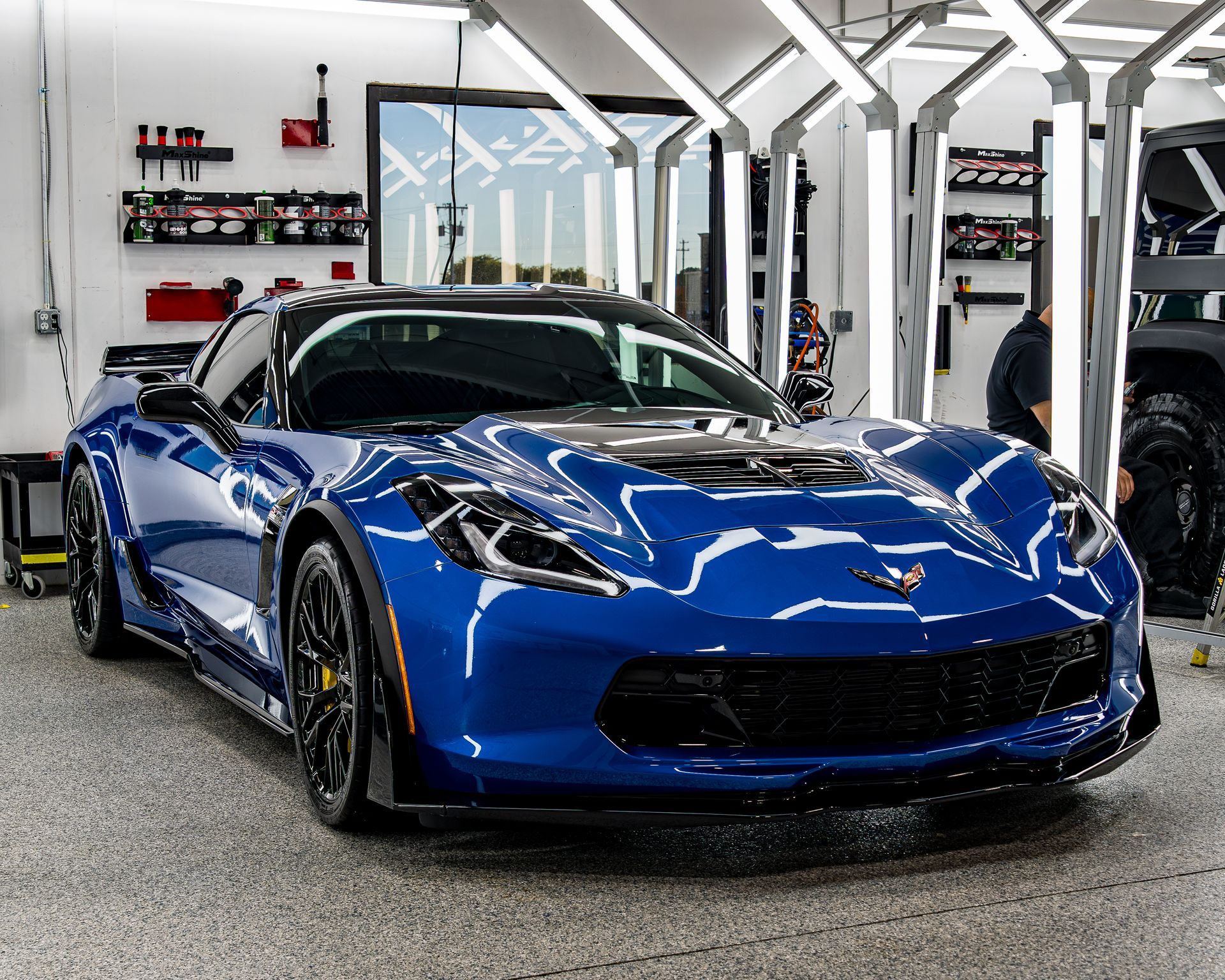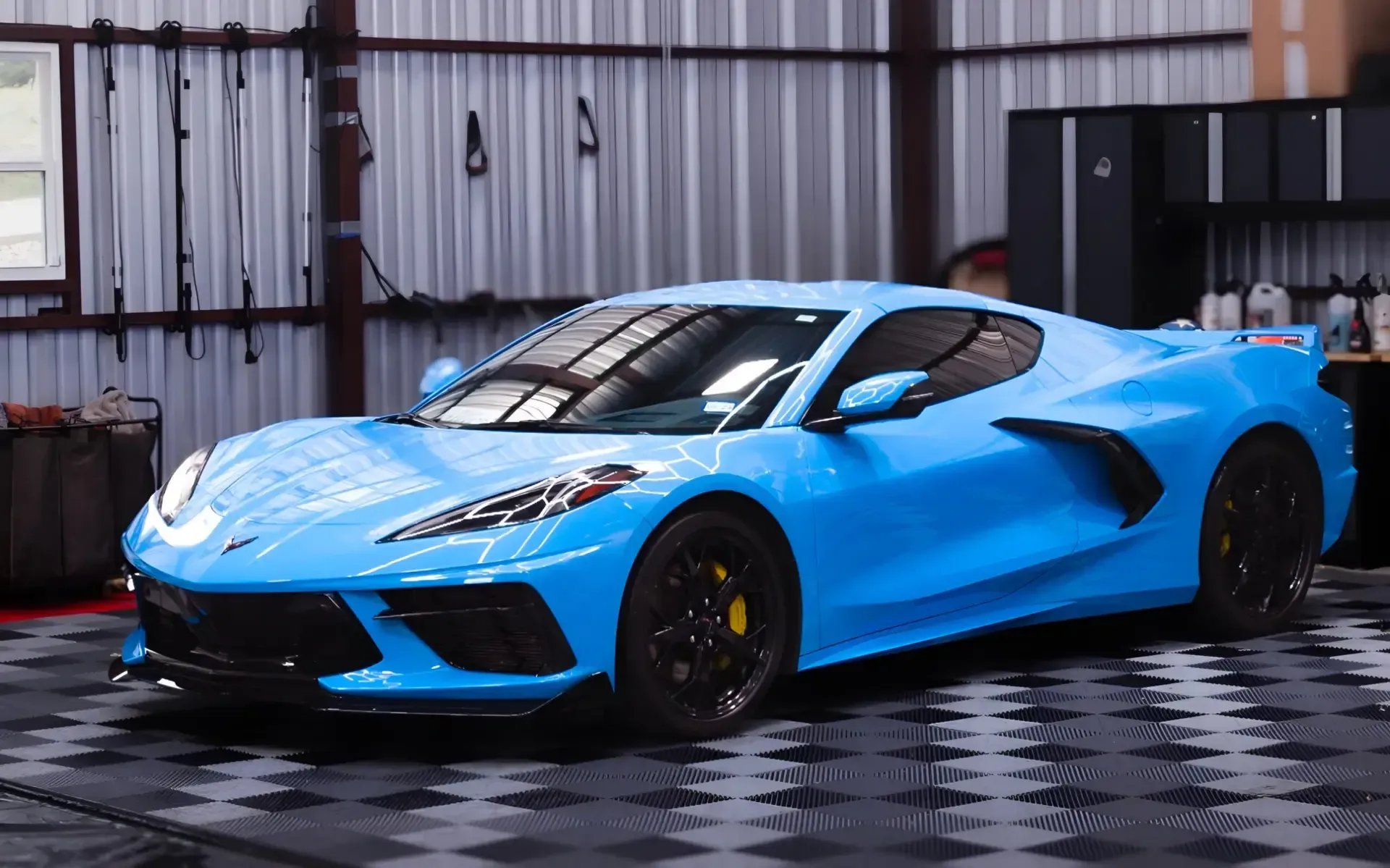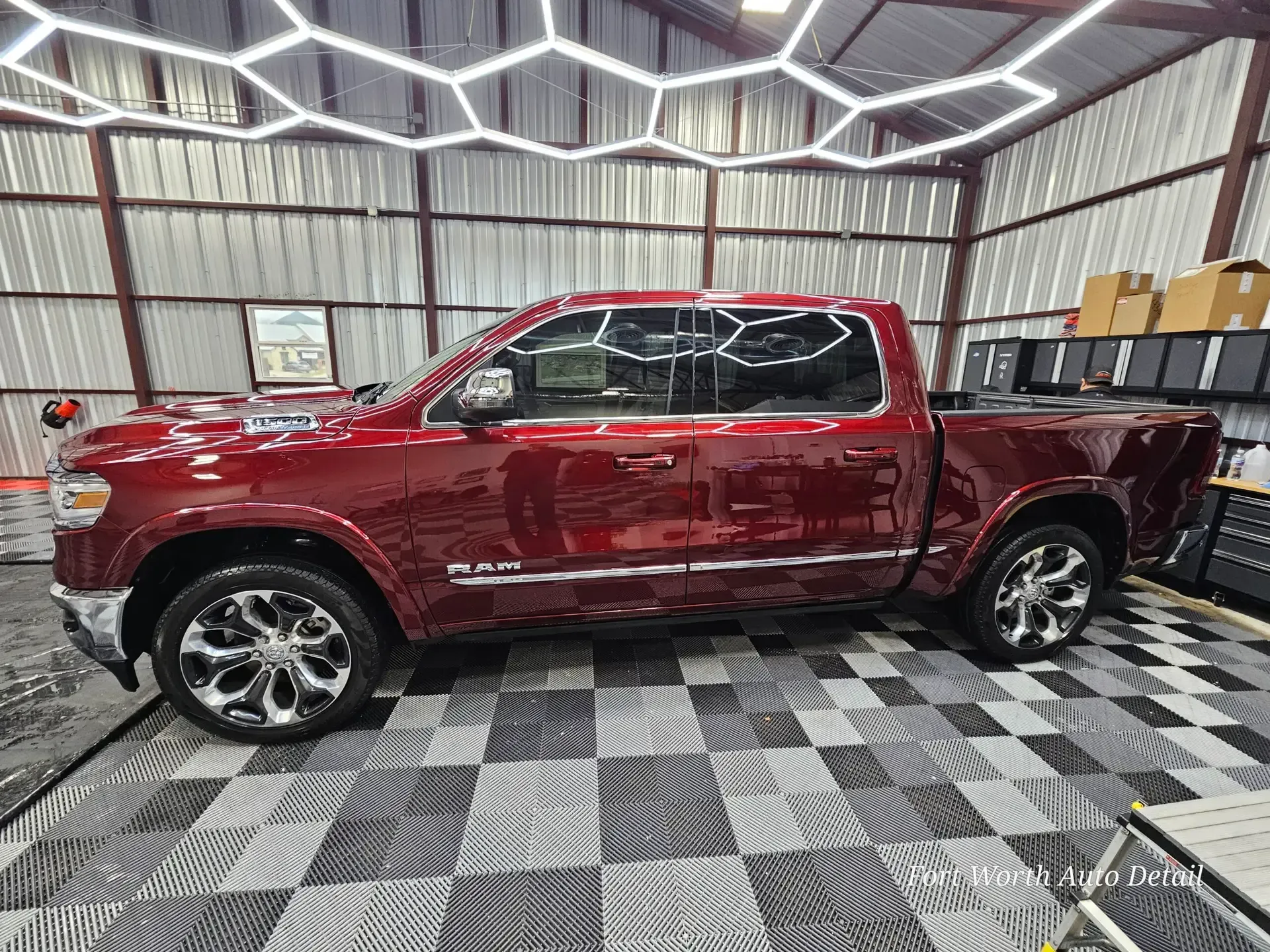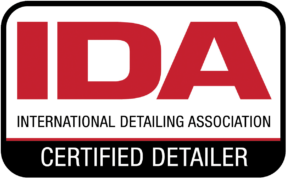Refining Excellence: The Science of Paint Correction
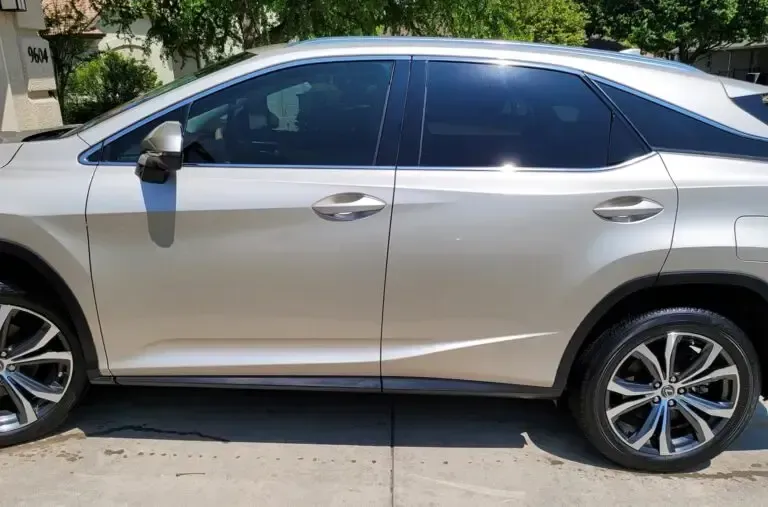
Your car’s exterior is a canvas, and over time, it can lose its luster due to environmental elements, contaminants, and imperfections. This is where the meticulous artistry of Fort Worth Detail’s paint correction comes into play. Paint correction in your car is not merely a cosmetic endeavor; it’s a scientific process that rejuvenates and refines your vehicle’s paintwork. In this article, we delve into the intricate science behind it, exploring how it elevates your car’s aesthetic excellence.
The Essence of Paint Correction
Understanding Imperfections
Before embarking on the journey of paint correction, it’s crucial to comprehend the imperfections that can mar your car’s finish. These imperfections include swirl marks, scratches, oxidation, water spots, and holograms. Each requires a nuanced approach for adequate correction. Imagine your car’s surface as a delicate landscape, marred by imperfections that the correction is poised to address.
The Science of Abrasives
Paint correcting involves the use of specialized abrasive compounds that vary in grit. The choice of abrasive is determined by the severity of imperfections. Coarser abrasives tackle deeper scratches, while finer ones refine the finish, creating a progressively smoother surface. Picture the science of abrasives as a spectrum, each grit working harmoniously to restore your car’s texture to its former glory.
Dual-Action Polishing
Modern paint correction employs dual-action polishers that oscillate and rotate simultaneously. This innovative technique minimizes the risk of heat buildup, a common concern with traditional rotary polishers. Dual-action polishing ensures controlled, efficient correction without compromising your paint.
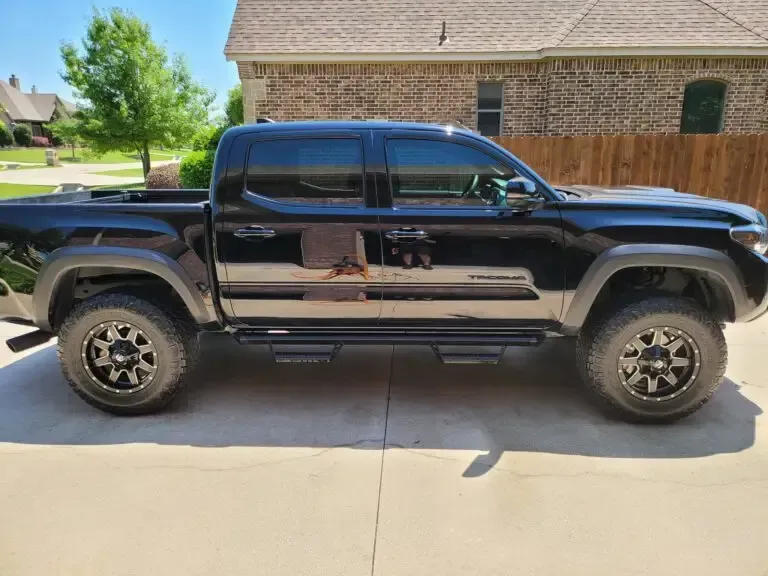
The Art of Paint Correction: Techniques and Tools
Clay Bar Decontamination
A preliminary step involves the use of a clay bar. This tool lifts embedded contaminants, such as dirt, tar, and industrial fallout, from the paint’s surface. This decontamination process lays the foundation for more effective correction. Envision the clay bar as an artist’s eraser, delicately lifting away impurities to reveal the unblemished canvas beneath.
Machine Polishing
Machine polishing, a cornerstone of the correction process, employs a combination of abrasive compounds and dual-action polishers. This dynamic duo eradicates imperfections and levels the paint surface, restoring a smooth and reflective finish. The precision of machine polishing ensures uniform correction across the entire vehicle. See machine polishing as a symphony, with the dual-action polisher and abrasive compounds harmonizing to orchestrate perfection.
Hand Polishing for Detailing
Hand polishing is an artful technique in intricate areas or for final detailing. Detailers use specialized products and a meticulous touch to address nuances that machines might overlook. Hand polishing adds the finishing touch, ensuring every inch of your car’s surface is flawless. Imagine hand polishing as the brushstroke of a master artist, refining the details with precision and care.
Advanced Paint Correction Techniques
Wet Sanding
Wet sanding is an advanced technique for deeper imperfections. This process involves using ultra-fine sandpaper with water to level the surface. Wet sanding requires skill and precision, making it a specialized method for severe correction needs. Consider wet sanding as the surgeon’s scalpel, delicately addressing deep imperfections with surgical precision.
Paint Thickness Measurement
Professionals employ tools to measure paint thickness accurately. This step ensures that correction processes do not compromise the structural integrity of the paint. Precision in measuring thickness is vital for a safe and effective correction. Think of paint thickness measurement as the architect’s blueprint, guiding detailers to preserve the integrity of your car’s paint.
Frequently Asked Questions
How often should paint correction be done?
The frequency of paint correction depends on factors such as driving conditions, maintenance, and environmental exposure. It is recommended every 1-2 years.
Can it remove deep scratches?
While it can improve the appearance of scratches, it may not eliminate deep ones. The extent of correction depends on the severity of the scratches.
Does it damage the clear coat?
When done by a skilled professional using the proper techniques, paint correcting any vehicle should not damage the clear coat. It aims to enhance the paint’s appearance without compromising its integrity.
Can I perform it at home?
While some enthusiasts attempt to DIY, it’s a meticulous process that requires skill and experience. Professional detailing services are recommended for optimal results.
How long does the whole process take?
The duration of paint-correcting your car varies based on the extent of imperfections and the size of the vehicle. On average, it can take several hours to a day.
Does it make my car’s paint thicker?
No, it does not, as the process involves the removal of a minimal amount of clear coat to address imperfections. It does not significantly impact the overall thickness of the paint.

